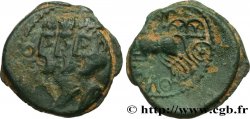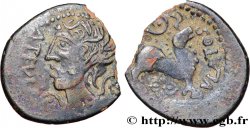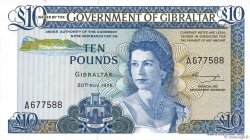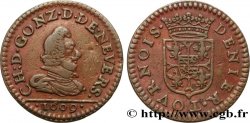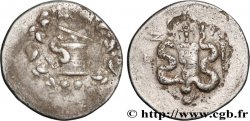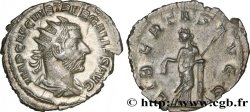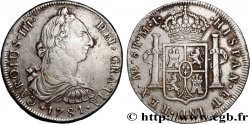v38_1648 - GALLIA BELGICA - REMI (Regione di Reims) Denier CALEDV, coin de droit à empreintes multiples
MONNAIES 38 (2009)
Prezzo di inizio : 180.00 €
Valutazione : 300.00 €
Prezzo realizzato : 180.00 €
Prezzo di inizio : 180.00 €
Valutazione : 300.00 €
Prezzo realizzato : 180.00 €
Tipo : Denier CALEDV, coin de droit à empreintes multiples
Data: c. 60-30 AC.
Nome della officina / città: Reims (51)
Metallo : argento
Diametro : 13 mm
Asse di coniazione : 11 h.
Peso : 1,87 g.
Grado di rarità : R3
Commenti sullo stato di conservazione:
Denier sur un flan un peu court mais bien régulier. Droit avec l’empreinte de deux grènetis différents, mais revers complet et de qualité, malgré la légende presque hors flan. Patine grise légèrement irisée
N° nelle opere di riferimento :
Pedigree :
Cet exemplaire provient de la collection A.C.G.
Diritto
Titolatura diritto : ANÉPIGRAPHE.
Descrittivo diritto : Restes de grènetis du coin à empreintes multiples.
Rovescio
Titolatura rovescio : [C]ALEDV.
Descrittivo rovescio : Cheval courant à gauche ; légende au-dessus du dos et un petit serpent enroulé (ou hippocampe) entre les jambes.
Commento
Le droit est typique des monnaies frappées avec un coin à empreintes multiples. Au revers, la légende CALEDV se devine en bord de flan au-dessus du cheval. S. Scheers précise que “les trouvailles sont trop dispersées pour permettre une attribution. La présence de ce quinaire dans le trésor de Vernon fixe le début de la frappe avant 45 avant J.-C.”.
The obverse is typical of coins struck with a multiple-impression die. On the reverse, the legend CALEDV can be seen on the edge of the flan above the horse. S. Scheers specifies that “the finds are too scattered to allow an attribution. The presence of this quinary in the Vernon hoard establishes the beginning of the minting before 45 BC.”
The obverse is typical of coins struck with a multiple-impression die. On the reverse, the legend CALEDV can be seen on the edge of the flan above the horse. S. Scheers specifies that “the finds are too scattered to allow an attribution. The presence of this quinary in the Vernon hoard establishes the beginning of the minting before 45 BC.”







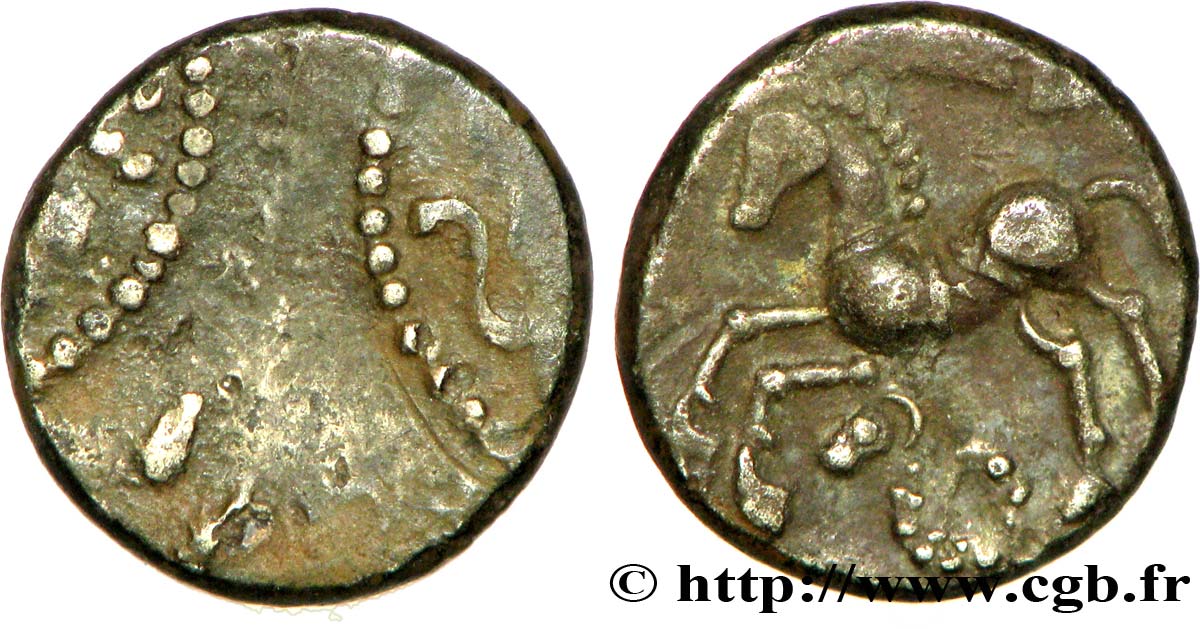
 Segnalare un errore
Segnalare un errore Stampate la pagina
Stampate la pagina Condividi mia selezione
Condividi mia selezione Fai una domanda
Fai una domanda Consegnare / vendere
Consegnare / vendere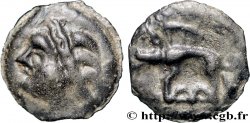
 Descrittivo
Descrittivo